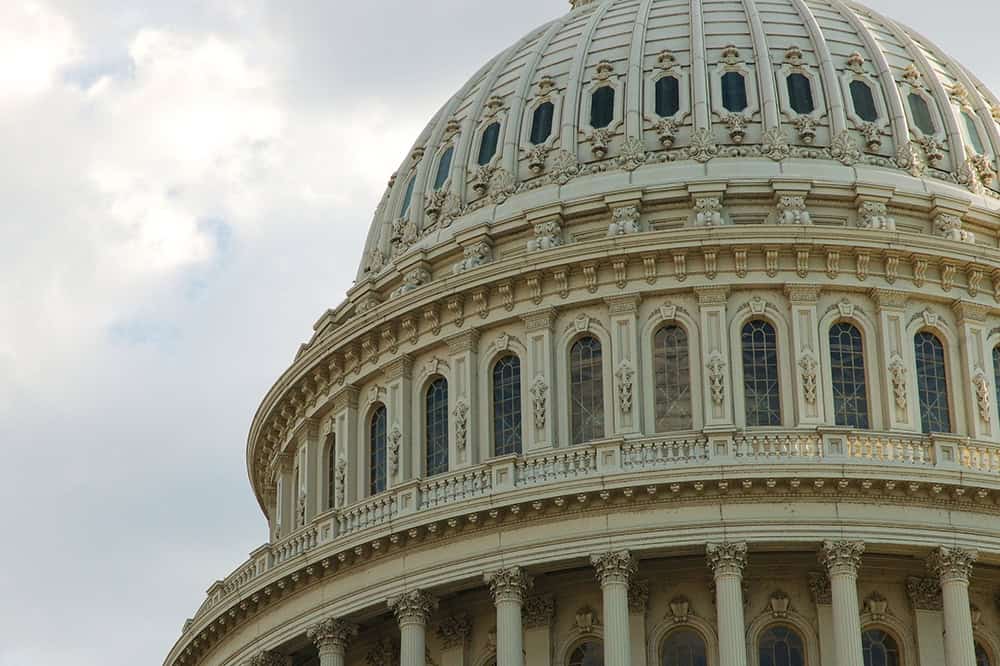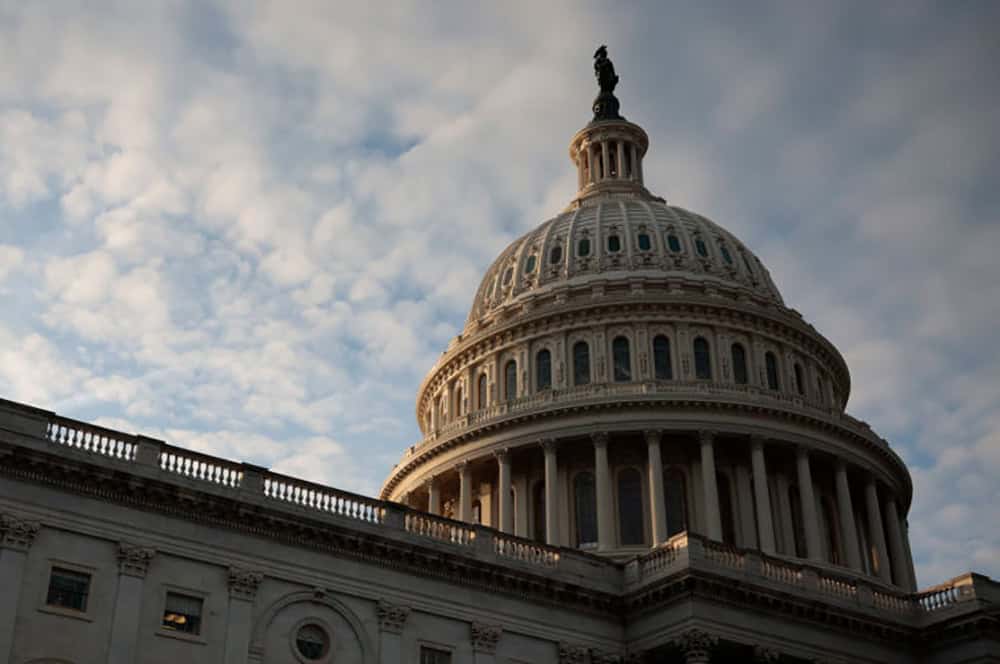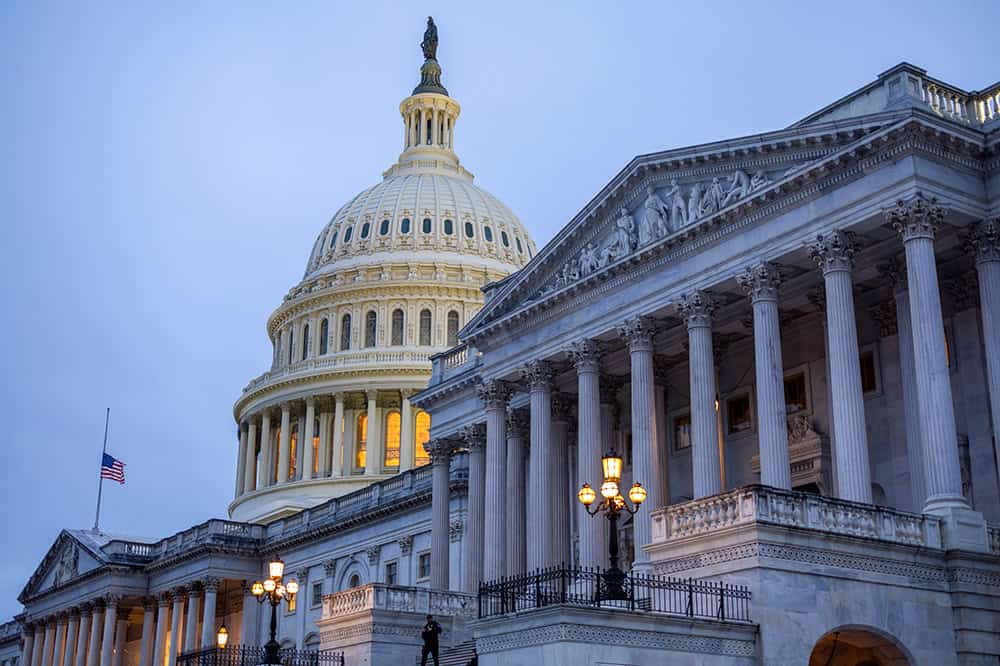What Are Treasury’s “Extraordinary Measures” on the Debt Ceiling?
Last Updated June 29, 2023
When the U.S. government is about to reach the ceiling on the amount it is allowed to borrow, known as the debt limit, the Department of the Treasury can use a variety of accounting maneuvers, known as “extraordinary measures,” to keep the federal government from defaulting on its debts.
Once the debt limit is reached, federal spending would be limited to the amount of revenues coming in — even though legislators may have approved more spending than expected revenues. To avoid breaching the limit immediately, the Treasury can draw down on its existing cash balance and invoke extraordinary measures to free up space to continue borrowing; however, such measures will only be effective for a few months. Eventually, legislation would have to be passed to raise or suspend the ceiling in order for the Treasury to continue meeting its spending obligations.
Treasury Can Draw Down on Its Cash Balance to Temporarily Pay Obligations
One way for the Treasury to meet its spending obligations when it is approaching a debt ceiling is to use its cash on hand. While the Treasury’s policy is to maintain sufficient funds to cover short-term needs, impasses around the debt limit can force its cash balance lower as the agency must rely on cash to finance the government’s spending. For example, the Treasury borrowed to increase its cash balance at the beginning of the pandemic to enable rapid payments of COVID-19 aid enacted through the CARES Act. However, that cash balance decreased notably in 2021, partially due to the debt limit impasse that year — eventually reaching a point where the Treasury had trouble meeting its next-day obligations. The Treasury also had to draw down on its cash balance in early 2023 as the federal government had reached its debt limit. The agency has since begun replenishing its cash balance.
What Are Extraordinary Measures and Why Do They Matter for the Debt Ceiling?
In addition to their cash balances, the Treasury can also use a variety of accounting maneuvers, known as “extraordinary measures,” to create space for borrowing once the debt ceiling has been reached. The ability to use such measures rests with the Secretary of the Treasury and does not need Congressional approval.
The extraordinary measures that the Treasury can use include:
- Declare a “debt issuance suspension period” ffor the Civil Service Retirement and Disability Fund as well as the Postal Service Retiree Health Benefits Fund. The Treasury’s declaration of a debt issuance suspension period only applies to those two funds and allows the agency to suspend new investments as well as redeem certain existing investments in the funds earlier than scheduled
- Suspend reinvestment in the Government Securities Investment Fund (G Fund), a retirement fund for federal employees. The G Fund is invested in certain Treasury securities, matures daily, and is ordinarily fully reinvested. During a debt limit impasse, the Secretary of the Treasury can determine that the fund not be fully reinvested — freeing up space under the debt limit.
- Halt the daily reinvestment of the Exchange Stabilization Fund (ESF). Operated by the Treasury, the ESF is used to stabilize exchange rates by buying and selling foreign currencies. The Treasury may suspend the fund’s daily reinvestment to create headroom.
- Stop issuing State and Local Government Series Treasury securities (SLGs) and savings bonds. SLGs are issued to state and local entities when they have cash proceeds from their own bond issuances that will be spent over a longer time. The Treasury can also suspend the sale of savings bonds.
Once a debt ceiling impasse is resolved, the funds listed above would be made whole so that beneficiaries are unaffected.
While extraordinary measures are only a temporary solution to a debt ceiling impasse, they can often delay the restrictions imposed by the statutory limit by up to several months. During the debt limit impasse of early 2023, for example, such measures were able to prevent the federal government from defaulting on its debt — the debt limit was reached in January, 2023, and extraordinary measures enabled to government to continue meeting its obligations until legislation suspending the limit was passed on June 3, 2023.
What Are the Effects of Delaying Action on the Debt Ceiling?
Debt ceiling impasses can increase federal borrowing costs, threaten the U.S. credit rating, and cause measurable damage to our economy. For example, waiting to address the debt ceiling in 2011 led to a number of such consequences:
- Increased the Treasury’s borrowing costs by $1.3 billion in fiscal year 2011
- Resulted in the downgrading of U.S. government credit rating
- Reduced household wealth and business confidence
Debt ceiling impasses can also threaten the stability of the Treasury market, which is important for both the U.S. economy as well as global financial stability. The Treasury issues debt in a “regular and predictable” manner to lower federal borrowing costs — the agency estimates that such an approach reduced interest costs by $27 billion from 1998 to mid-2015. To remain under the debt ceiling, the Treasury has to deviate from that approach and reduce the number of short-term securities they issue, which can introduce uncertainty and disrupt financial markets.
While delaying action on the debt limit can be dangerous, allowing the federal government to default on its debt would be significantly worse. In a 2023 report from Moody’s Analytics, the credit rating agency estimated that even a short-term breach of the federal debt limit could reduce gross domestic product, result in the loss of 2 million jobs, and wipe out trillions of dollars in U.S. household wealth. A prolonged breach of the debt ceiling would likely amplify those effects.
Conclusion
While the federal debt needs to be placed on a sustainable path, putting our nation’s fiscal and economic future at risk over the debt ceiling is not an effective way to govern. Rather than risking the full faith and credit of the United States, lawmakers should focus on the underlying reason we keep hitting the debt ceiling in the first place: the structural imbalance between spending and revenues.
Image credit: Anna Moneymaker/Getty Images
Further Reading
What Is a Continuing Resolution?
A continuing resolution is a temporary funding measure that Congress can use to fund the federal government for a limited amount of time.
Continuing Resolutions Are Stopgap Measures — But Now We Average Five a Year
While continuing resolutions can help avoid government shutdowns, they should be rarely used. However, CRs have become the norm.
Why Do Budget Baselines Matter?
Applying the current-policy baseline would not only be fiscally irresponsible in terms of this year’s tax debate, but it would set a dangerous precedent for the future.


